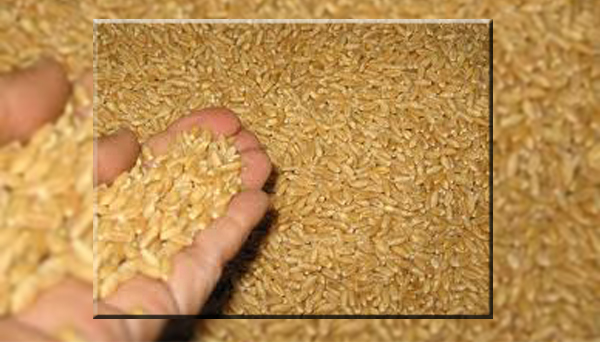Friday, 13 November 2015 01:01
 CHICAGO: US wheat futures firmed on Thursday on technical buying including short-covering, but advances were modest as export sentiment remained gloomy.
CHICAGO: US wheat futures firmed on Thursday on technical buying including short-covering, but advances were modest as export sentiment remained gloomy.
Soybean futures also rose while corn was narrowly mixed, with the benchmark December contract consolidating above a contract low set this week.
At the Chicago Board of Trade as of 1:07 p.m. CST (1907 GMT), December wheat was up 4 cents at $ 4.98-3/4 a bushel, after briefly trading above $ 5 for the first time since Tuesday.
CBOT January soybeans were up 2-1/2 cents at $ 8.63-1/4 a bushel and December corn was unchanged at $ 3.62-1/4 a bushel.
Nearby contracts led the strength in wheat.
“It’s largely a function of there being fund shorts in the market,” said Austin Damiani of Frontier Futures in Minneapolis, adding that K.C. hard red winter and MGEX spring wheat futures fell to multi-year lows this week and were due for a rebound.
However, US wheat remained relatively expensive for export, a fact underscored by two tenders held by Egypt this week in which US wheat was not offered.
“The market, for now, seems to have paused around those levels to see if much demand emerges,” said Tobin Gorey, director of agricultural strategy, Commonwealth Bank of Australia.
Traders will get a further indication on US wheat exports in weekly export sales figures to be published on Friday, a day later than usual due to Wednesday’s Veterans Day federal holiday.
Soybeans drew support from USDA confirming private sales of 300,000 tonnes of US soybeans to top buyer China.
Also, traders were monitoring dry conditions in parts of Brazil, where farmers are planting what is projected as a record-large soybean crop. Beneficial rains are expected in Brazil’s main soy-growing areas next week. December corn futures were hovering a few cents per bushel above contract lows set Tuesday after the USDA raised its estimates of US corn production and ending stocks above trade expectations.
But the market drew underlying support from firm cash values that reflected US farmers’ unwillingness to sell grain at current levels.
“Once farmers get the crop put away in their bins, they are unlikely to get it out and move it into town, unless they are given an incentive. And that only comes through basis improvement, or futures rally,” said Brian Hoops, president and senior market analyst of Midwest Marketing Solutions.

























